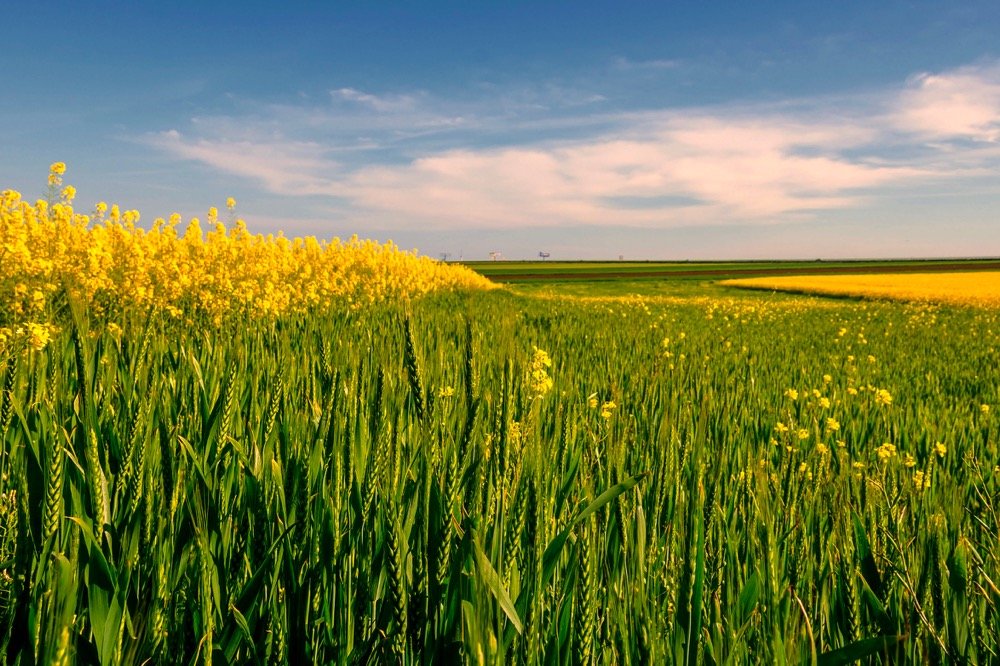



Article by: Hari Yellina
Due to unprecedented rainfall that has prevented farmers from planting crops in some areas of New South Wales, they are facing losses of hundreds of thousands of dollars. Like many others in the central west, John Barber raises wheat and canola near Parkes but has only sown half of his seeds. This year, according to Mr. Barber, there was an extraordinary 450 millimetres of rain, which made it impossible to use machinery on the paddocks and delayed the sowing season. “We have a window of roughly three to four weeks where we can plant canola. Unfortunately, the majority of us have missed that window due to the nonstop rain, he remarked.
“With the weather being so unpredictable right now, we are living in a new era. It has never rained this much thus early in the year. For Forbes farmer Neil Kingham, who has had to replace his crops three times this year, the situation is identical. “Unfortunately, the canola we seeded in April drowned because we had 90 millimetres of rain instead of the 10 to 20 millimetres expected, and that basically laid in the paddocks and drowned the seed,” he said. “At the end of June, we find ourselves essentially beginning over.”
It is a problem that many properties in the state are dealing with, says agronomist Max Ridley. The majority of New South Wales has experienced rainy weather, and there have been problems with crop emergence and planting, he added. “Butterfly little crop has been planted during the past six to eight weeks.” This year was heralded as a chance for farmers to make up the losses sustained during the drought between 2017 and 2019 thanks to record prices for canola and wheat. Instead, Mr. Barber claimed that farmers have witnessed rising expenses and likely well-done crops at harvest, driving many to the brink.
“It takes its toll,” he added, “to see the price of wheat and the price of canola where it is and to not be able to get on the property to plant it.” La Nina, the weather system that delivered significant rains to parts of the state, has stopped, according to a recent Bureau of Meteorology announcement. This, according to Mr. Kingham, has given farmers new hope that drier circumstances could be able to save the crop. To seed the paddocks that are already flooded and allow them time to dry out, he said, “We need a period of maybe a month.” “From there, we require chilly temperatures and regular, moderate rain. “Currently, we are beginning to get quite picky.”